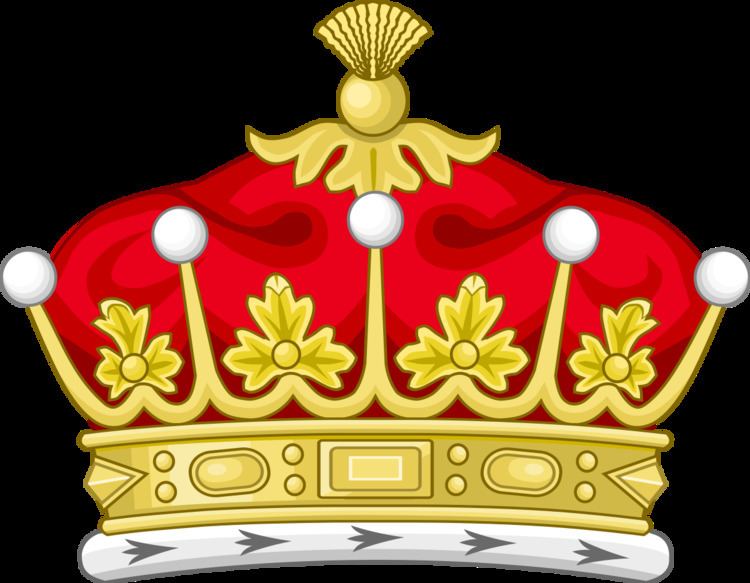Creation date 12th century Extinction date 1595 | ||
 | ||
Last holder John Stewart, 5th Earl of Atholl | ||
The Mormaer or Earl of Atholl was the title of the holder of a medieval comital lordship straddling the highland province of Atholl (Ath Fodhla), now in northern Perthshire. Atholl is a special Mormaerdom, because a King of Atholl is reported from the Pictish period. The only other two Pictish kingdoms to be known from contemporary sources are Fortriu and Circinn. Indeed, the early 13th century document known to modern scholars as the de Situ Albanie repeats the claim that Atholl was an ancient Pictish kingdom. In the 11th century, the famous Crínán of Dunkeld may have performed the role of Mormaer.
Contents
- Early MormaersEarls of Atholl
- Earls of Atholl Second creation 1320
- Earls of Atholl Third creation 1341
- Earls of Atholl Fourth creation 1342
- Earls of Atholl Fifth creation 1398
- Earls of Atholl Sixth creation 1403
- Earls of Atholl Seventh creation 1404
- Earls of Atholl Eighth creation 1457
- Earls of Atholl Ninth creation 1596
- Earls of Atholl Tenth creation 1629
- References
Royal connections continued with Máel Muire, who was the son of King Donnchad I, and the younger brother of Máel Coluim III mac Donnchada. Matad was perhaps the most famous of the Mormaers, fathering Harald Maddadsson, a notorious rebel of the Scottish King and perhaps the first Gael to rule Orkney as Earl of Orkney. The line of Máel Muire and Crínán came to an end when Forbhlaith, the daughter of Mormaer Henry married David de Hastings.
The latter marriage produced a daughter, Ada, who married into the Strathbogie family, a semi-Normanized Gaelic family with Fife origins. The Strathbogies ruled until the Wars of Independence, when the Campells took over. It finally passed to the Stewarts.
Early Mormaers/Earls of Atholl
After David II, two of others of his name claimed the lordship, though neither exercised it:
